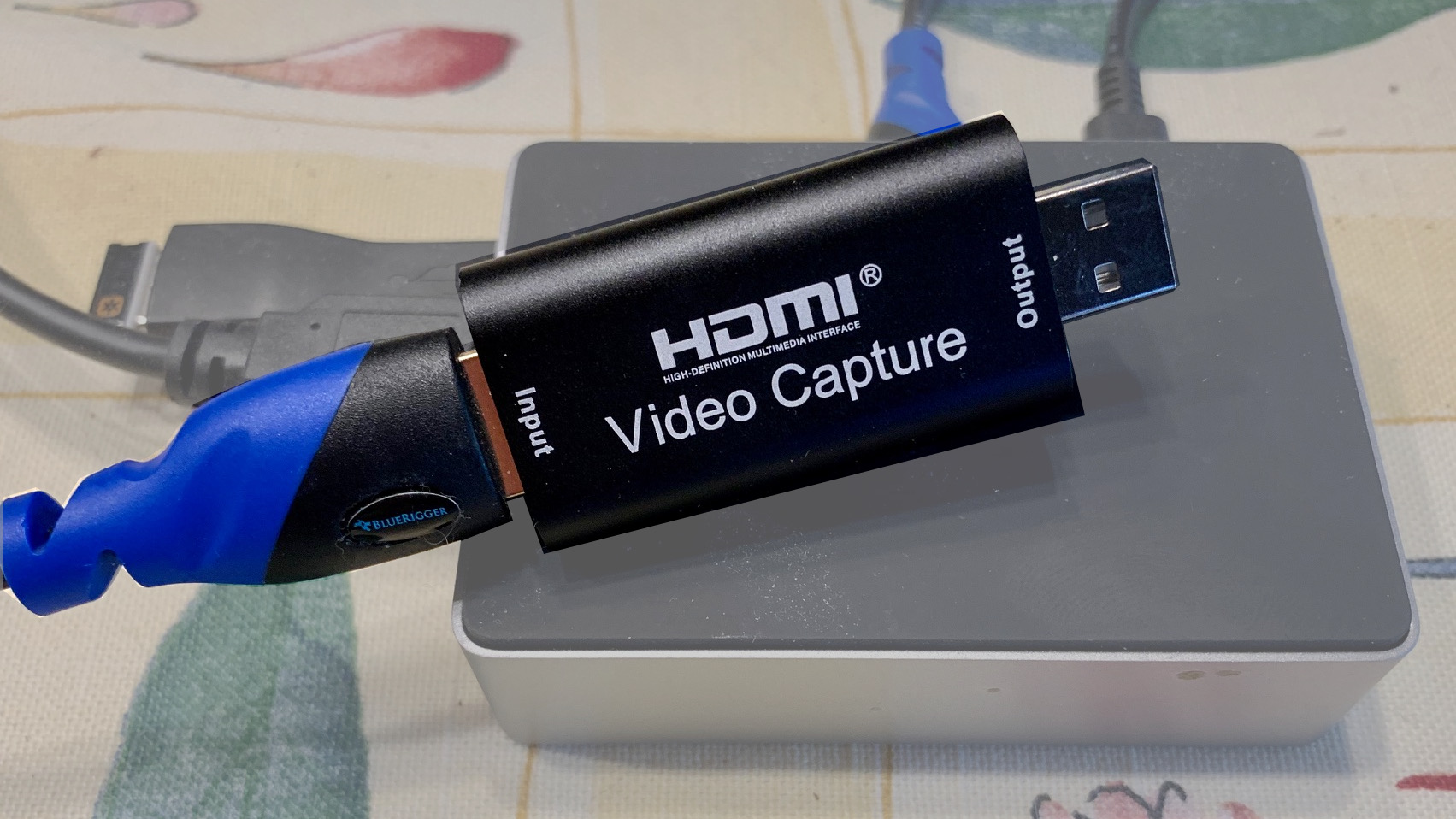

- #Rasberry pi hdmi to mac how to#
- #Rasberry pi hdmi to mac mac os x#
- #Rasberry pi hdmi to mac install#
- #Rasberry pi hdmi to mac zip file#
Make sure you get a reasonable quality card rather than a cheap one. If you don't have a pre-installed card you will need to prepare your own. Some Raspberry Pi kits will come with a ready-to-go card with the distribution pre-installed, or these can be bought separately. Note that you can have several SD Cards with a separate distribution on each, then power off, swap cards and restart the Raspberry Pi to use that card. Available distributions are shown here you will need the Raspberry Pi bootloader to launch your distribution, so you need one for the Raspberry Pi and cannot download a PC based distribution and use that. You will also need to choose a distribution. If you do have problems booting the Raspberry Pi, see the trouble shooting page first. Make sure that you insert the card before powering on the Raspberry Pi, and that you shutdown the Raspberry Pi before unplugging the card. Many problems with booting the Raspberry Pi are a result of an improperly formatted or corrupted card. The Raspberry Pi will not start without a properly formatted SD Card, containing the bootloader and a suitable operating system. Trouble Shooting - some things to check if things don't work as expected.

Latest RPi 4 Topics - Recent topics on Raspberry Pi 4 and the Pi OSĪdvanced Setup - for more extensive information on setting up.
#Rasberry pi hdmi to mac how to#
SD Card Setup - for information on how to prepare the SD Card used to boot your Raspberry Pi.īasic Setup - for help with buying / selecting other hardware and setting it up.īeginners Guide - you are up and running, now what can you do?
#Rasberry pi hdmi to mac mac os x#
#Rasberry pi hdmi to mac zip file#
I searched for "vnc", and the only relevant bit of XML code was below, which did not (as far as I can see) show the url of a zip file for tigervnc. The other thing I tried was, from this post, changing my user agent in Firefox on my Mac and downloading Where do I go from here to be able to run the VNC server from my Raspberry Pi?Īm I supposed to be using a binary from Version tigervnc/1.10.1 - tigervnc ? If so, I really have no idea which one to use for LibreElec.

LibreELEC:~/.kodi/addons/packages # Display More Here's SSH output showing the tigervnc-1.10.1 directory in each of those directories. I wasn't sure exactly which directory the tigervnc-1.10.1 folder should be in, so I copied it into both of these directories: "~/.kodi/addons" and "~/.kodi/addons/packages"
#Rasberry pi hdmi to mac install#
I'm new to this, and I'm trying to install TigerVNC on my Raspberry Pi 3 which is running LibreElec.


 0 kommentar(er)
0 kommentar(er)
